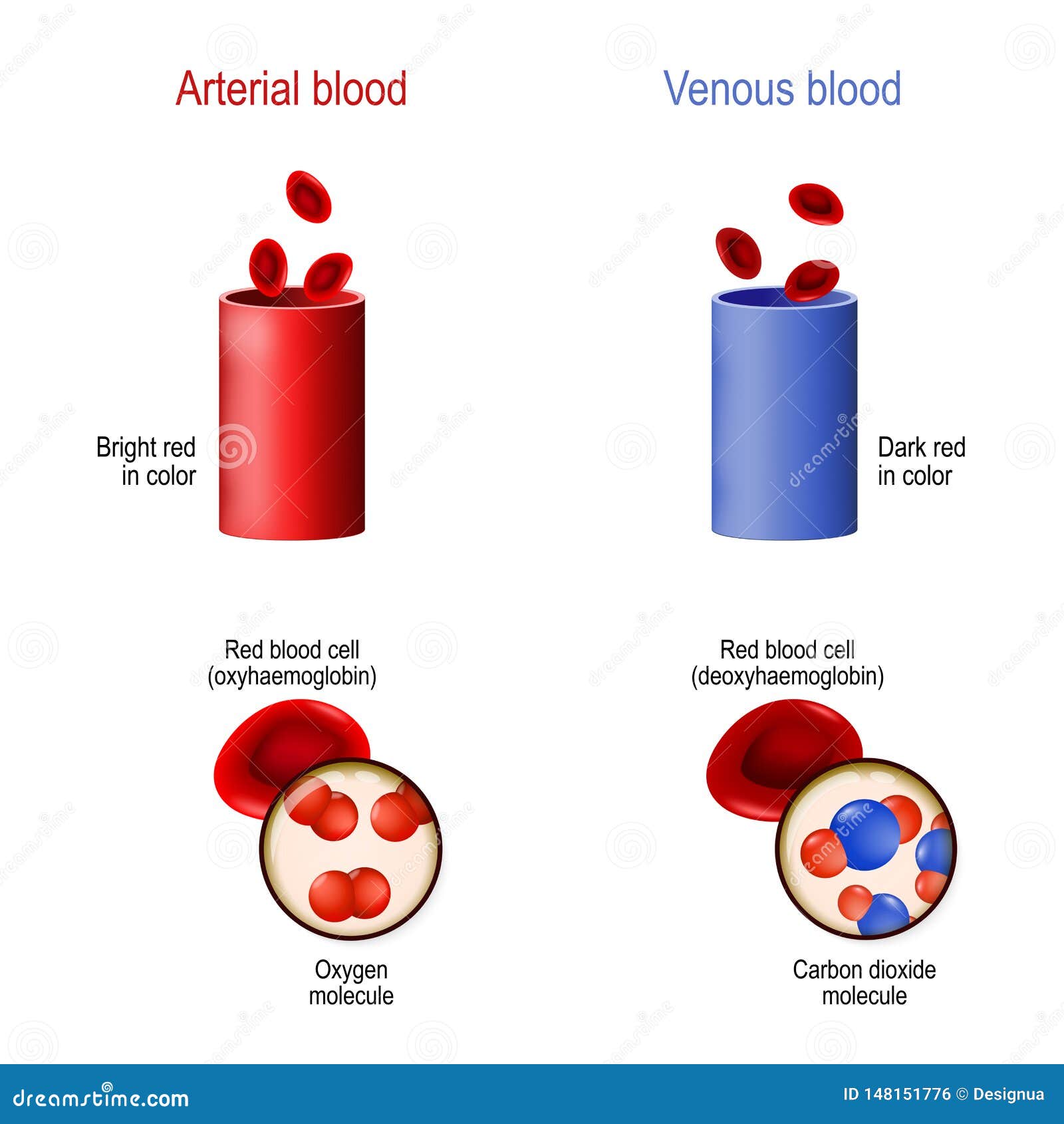Have you ever wondered why your veins appear blue, even though the blood coursing through them is a vibrant crimson red? This seemingly simple question leads us on a fascinating journey into the depths of human physiology, where the interplay of light, color, and blood composition creates a captivating optical illusion.

Image: damageploaty.blogspot.com
Our veins, the intricate network of blood vessels that carry deoxygenated blood back to the heart, appear blue due to the way light interacts with our skin and the blood flowing beneath. While blood itself is red, the blue hue we perceive is a result of a phenomenon known as Rayleigh scattering. This principle, found in physics, explains how light is scattered by particles smaller than its wavelength. In this instance, the wavelengths of blue light are scattered more effectively by our skin compared to the longer wavelengths of red light. This scattering effect, coupled with the absorption of red light by hemoglobin in the deoxygenated blood within our veins, ultimately creates the illusion of blue veins.
Delving Deeper into the Science of Vein Color
To understand this intriguing phenomenon better, let’s explore the key players involved:
-
Hemoglobin: This iron-containing protein plays a crucial role in transporting oxygen throughout our body. When oxygen is bound to hemoglobin, it gives blood its characteristic bright red color. Deoxygenated hemoglobin, however, exhibits a darker, bluish-red hue. The presence of deoxygenated blood in our veins is what contributes to the blue appearance.
-
Light Absorption and Scattering: The interaction of light with our skin and the blood within our veins is complex. A combination of light absorption and scattering takes place, with red light being absorbed by deoxygenated hemoglobin and blue light being scattered more effectively by our skin. This interplay creates the impression that our veins are blue.
-
Subcutaneous Fat and Skin Pigmentation: The thickness of subcutaneous fat and the pigmentation of our skin can also influence the appearance of our veins. Individuals with lighter skin tones and thinner subcutaneous fat tend to have more prominent veins, making the blue hue more noticeable.
The Mystery of Blood: Debunking Common Misconceptions
The misconception that blood in veins is blue is a prevalent one, often reinforced by visual representations in textbooks and medical diagrams. However, it’s important to emphasize that blood is always red, regardless of whether it’s flowing through arteries or veins. The blue color we perceive in veins is merely a visual illusion caused by the way light interacts with our skin.
The Evolutionary Significance of Blood Color
The red color of blood is not merely a coincidental occurrence. It is a result of the iron atom within hemoglobin, which binds to oxygen and gives blood its characteristic hue. This red color serves a vital purpose, particularly in the case of injuries. The bright red blood serves as a visual cue, signaling the presence of damage and attracting attention for immediate medical attention.

Image: mavink.com
Beyond the Surface: The Importance of Vein Health
While the color of our veins may not directly reflect their health, understanding the factors that influence their appearance can be beneficial. Certain medical conditions, such as varicose veins or deep vein thrombosis, can cause noticeable alterations in vein appearance. It’s crucial to be aware of changes in vein color or prominence and to seek medical advice if necessary.
Taking Action: Protecting Your Veins
Maintaining good circulatory health is paramount for overall well-being. Simple lifestyle changes can significantly impact your vein health, including:
-
Regular Exercise: Physical activity helps promote blood flow, reducing the risk of vein problems.
-
Healthy Diet: A diet rich in fruits, vegetables, and whole grains provides essential nutrients for overall cardiovascular health.
-
Hydration: Staying adequately hydrated helps maintain proper blood viscosity, aiding blood circulation.
-
Avoiding Smoking: Smoking damages blood vessels, increasing the risk of vein diseases.
What Color Is Blood In The Veins
Conclusion: Unveiling the Truth Behind Blue Veins
The perception of blue veins is a fascinating testament to the intricate interplay of light, color, and human physiology. While it may seem counterintuitive, the blue hue we observe is an optical illusion created by the scattering and absorption of light. So, the next time you glance at your veins, remember that the vibrant red blood within is essential for life, and the blue color you see is a reminder of the remarkable complexity of our bodies. By understanding the science behind this phenomenon and adopting healthy habits, we can contribute to optimal vein health and overall well-being.






